Orange Fruit Varieties: Growing Fruits That Are Orange

If you love the sunny hues of orange, then you might want to try growing orange fruit. Orange colored fruit isn’t limited to the citrus orange; there are plenty of other orange colored fruit varieties, each packing a healthful punch.
Why Should You Be Growing Orange Fruit?
The plant pigments that color orange fruit varieties are called carotenoids. These same orange colored fruit contain beta-carotene which is converted in the body into vitamin A. Vitamin A plays a large part in helping to maintain vision and healthy mucous membranes. It also elicits cell growth and promotes a healthy immune system.
Orange Fruit Varieties
When discussing orange colored fruit, the primary candidate is of course the orange, but there are plenty of other orange colored citrus fruit that will give your body a healthful boost: mandarins, satsumas, kumquats, tangelo, clementine, and tangerines for example.
Orange colored fruit options don’t stop at citrus fruit. Other fruits that are orange include persimmons, apricots, peaches, nectarines, cantaloupe, mango, and papaya.
Additional orange hued fruit might not be as obvious as they are usually classified as vegetables, but are, in fact, fruit. Botanically, fruit contains seeds and develops from the flowers of a plant, while vegetables are quantified as being a plant’s roots, stems, or leaves.
So, in that vein, botanically speaking, all squash are fruit, which makes pumpkin, winter squash (such as kabocha and acorn), orange tomatoes, and yes, even orange peppers are considered orange colored fruit.
Gardening tips, videos, info and more delivered right to your inbox!
Sign up for the Gardening Know How newsletter today and receive a free copy of our e-book "How to Grow Delicious Tomatoes".

Amy Grant has been gardening for 30 years and writing for 15. A professional chef and caterer, Amy's area of expertise is culinary gardening.
-
 Looking For Plants To Give You The Soft And Fuzzies? Try These 5 Fuzzy Leaf Plant Options
Looking For Plants To Give You The Soft And Fuzzies? Try These 5 Fuzzy Leaf Plant OptionsLovers of texture, drama, silver foliage and tactile plants will adore these special sensory garden additions. These fuzzy leaf plant options will leave you all aglow
By Susan Albert
-
 Get Ready For A Summer Of Hummers! Grow These Full Sun Hummingbird Plants and Flowers
Get Ready For A Summer Of Hummers! Grow These Full Sun Hummingbird Plants and FlowersIf you’re lucky enough to enjoy a sunny backyard, make sure you are maxing out on your pollinator opportunities and grow these full sun hummingbird plants and flowers
By Tonya Barnett
-
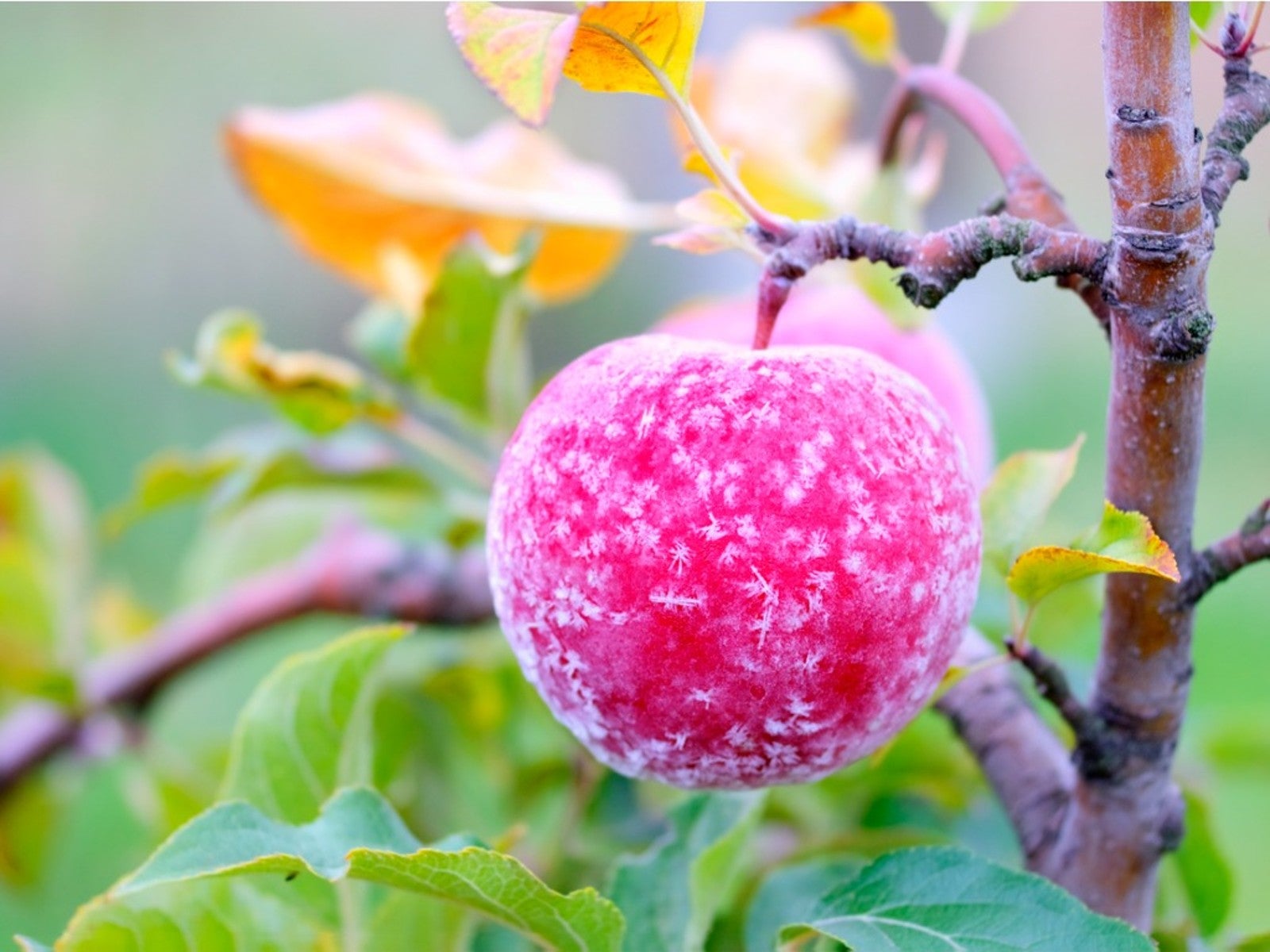 How To Protect Fruit Trees From Frost And Freeze
How To Protect Fruit Trees From Frost And FreezeChoosing fruit trees appropriate for your growing zone is best, but you still may need to protect them from extreme cold. Read how.
By Bonnie L. Grant
-
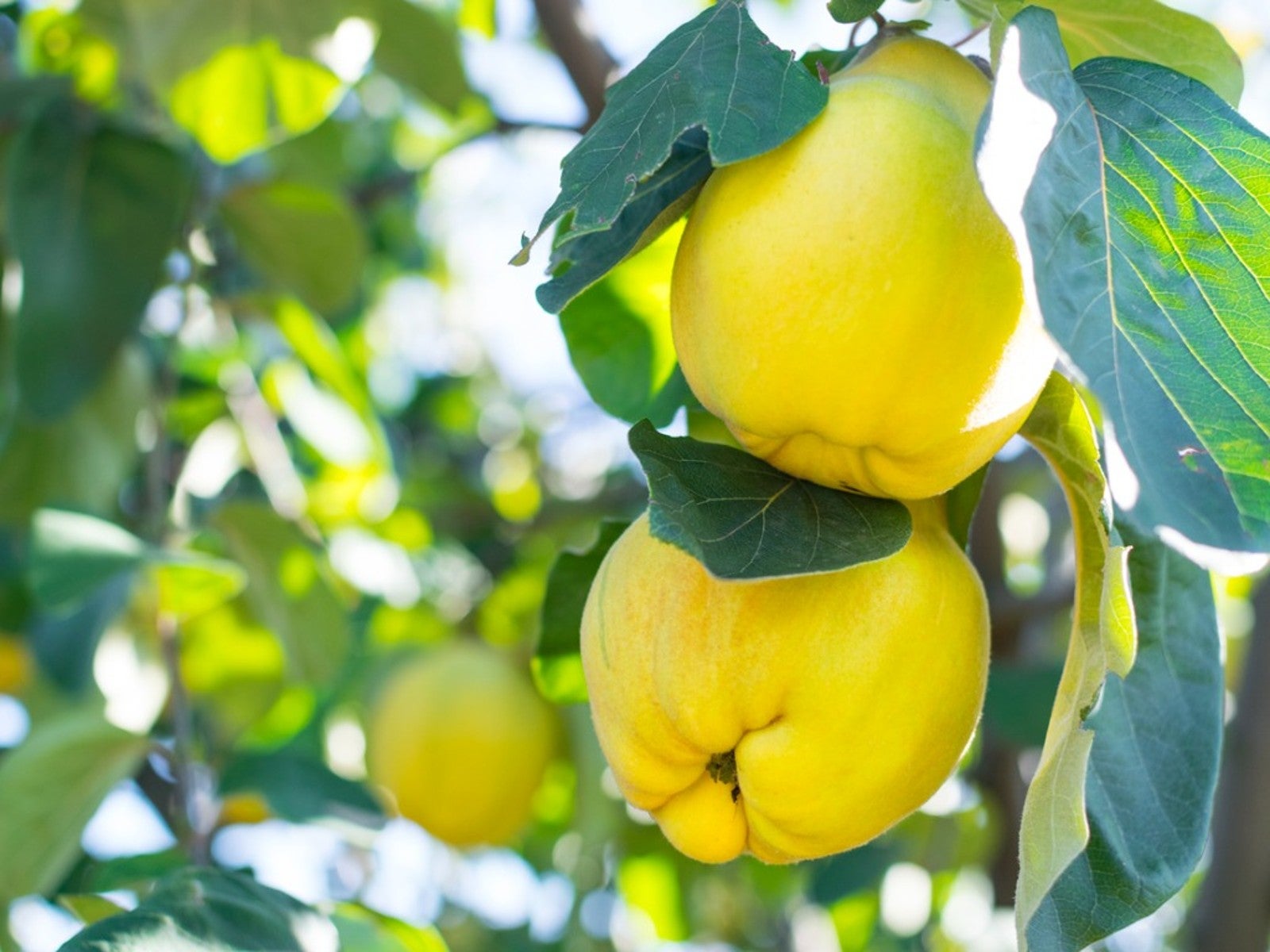 Best Plants For Late Summer and Fall Fruit Harvest
Best Plants For Late Summer and Fall Fruit HarvestEven if you don’t have the optimal conditions for more common fruit trees, there are other end of summer fruits to enjoy.
By Teo Spengler
-
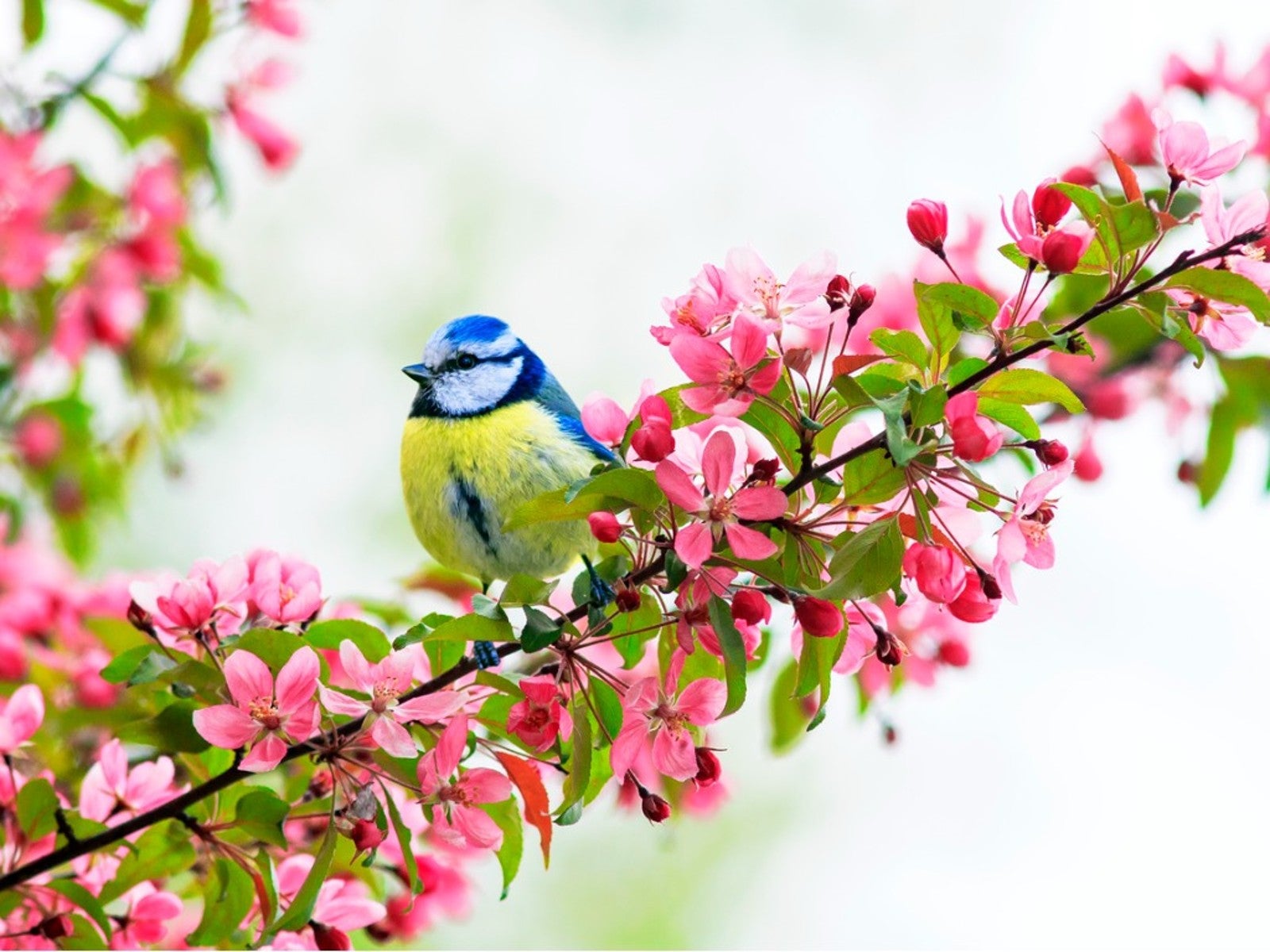 Best Native Fruit Trees To Support Wildlife
Best Native Fruit Trees To Support WildlifeIf you want trees that will attract and feed wildlife, learn the best kinds of edible fruit and nut trees to plant for inviting specific creatures.
By Teo Spengler
-
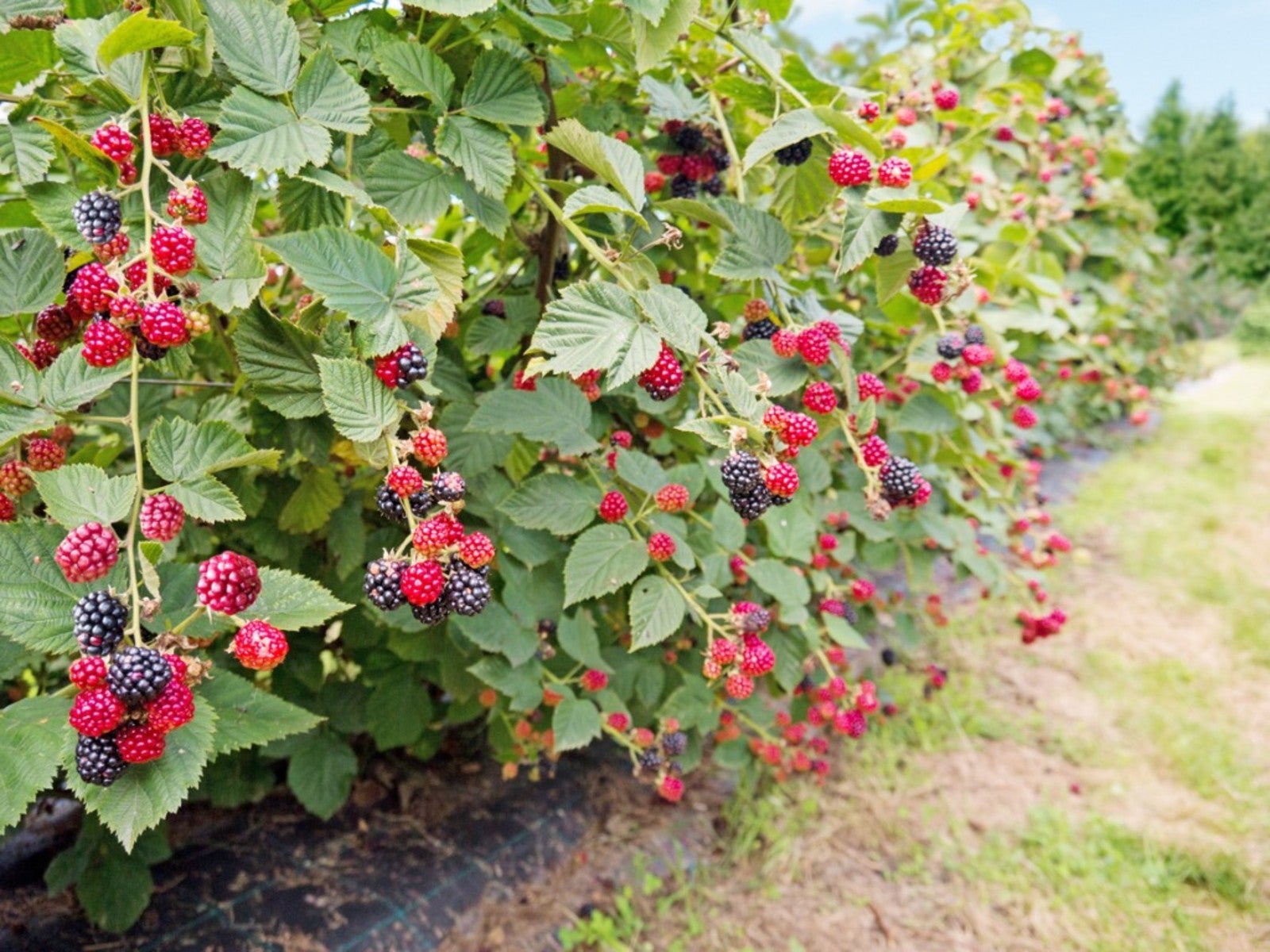 Everbearing Plants: Learn About Everbearing Varieties Of Fruit
Everbearing Plants: Learn About Everbearing Varieties Of FruitWhat does everbearing mean? And more importantly, how do everbearing varieties differ from non-everbearing types? Read on for more.
By Laura Miller
-
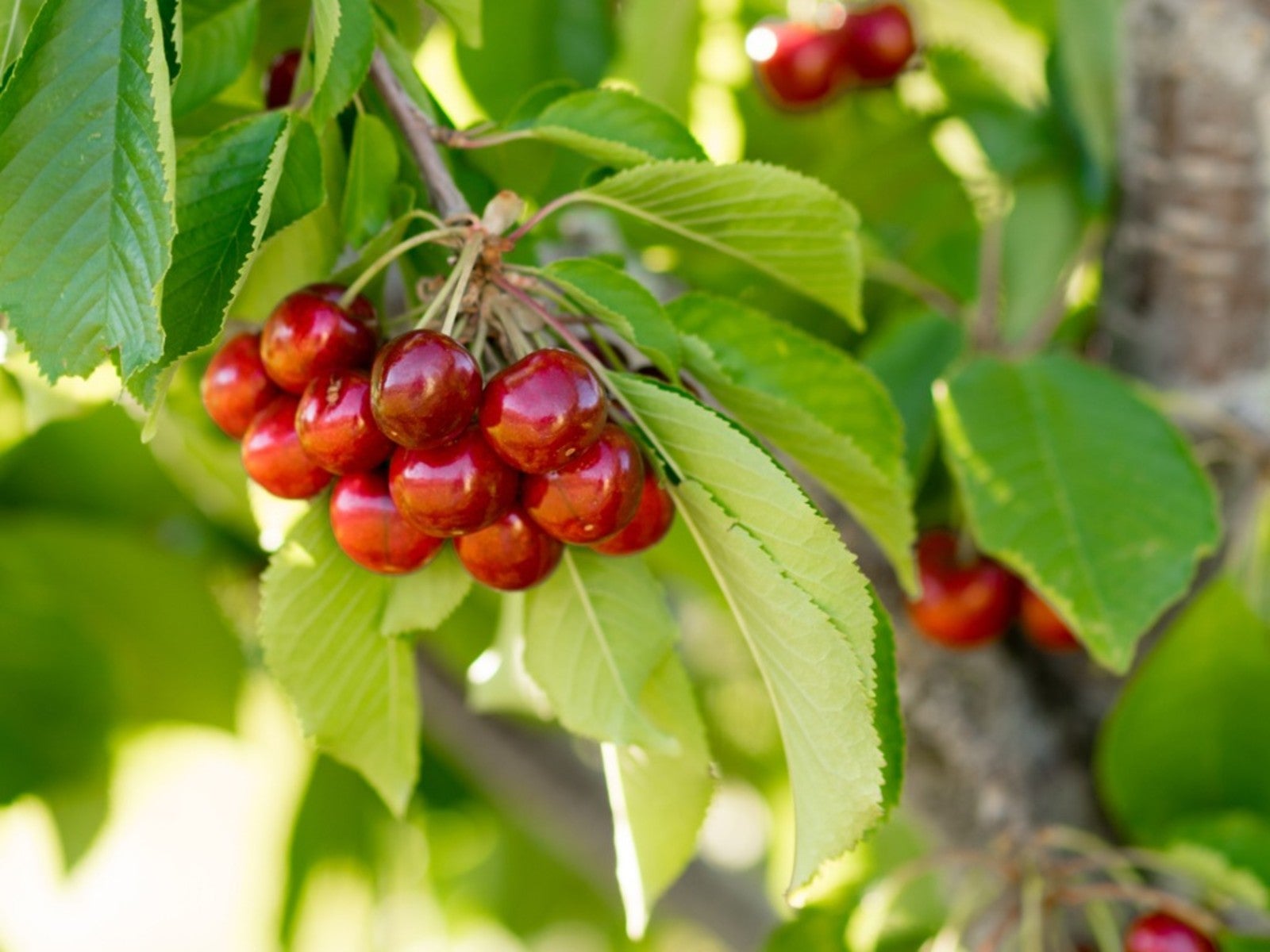 Plant A Red Fruit Garden: Growing Fruits With Red Flesh
Plant A Red Fruit Garden: Growing Fruits With Red FleshPlanting a red fruit garden may seem a bit whimsical. That is, until you realize the health benefits of consuming fruits with red flesh.
By Laura Miller
-
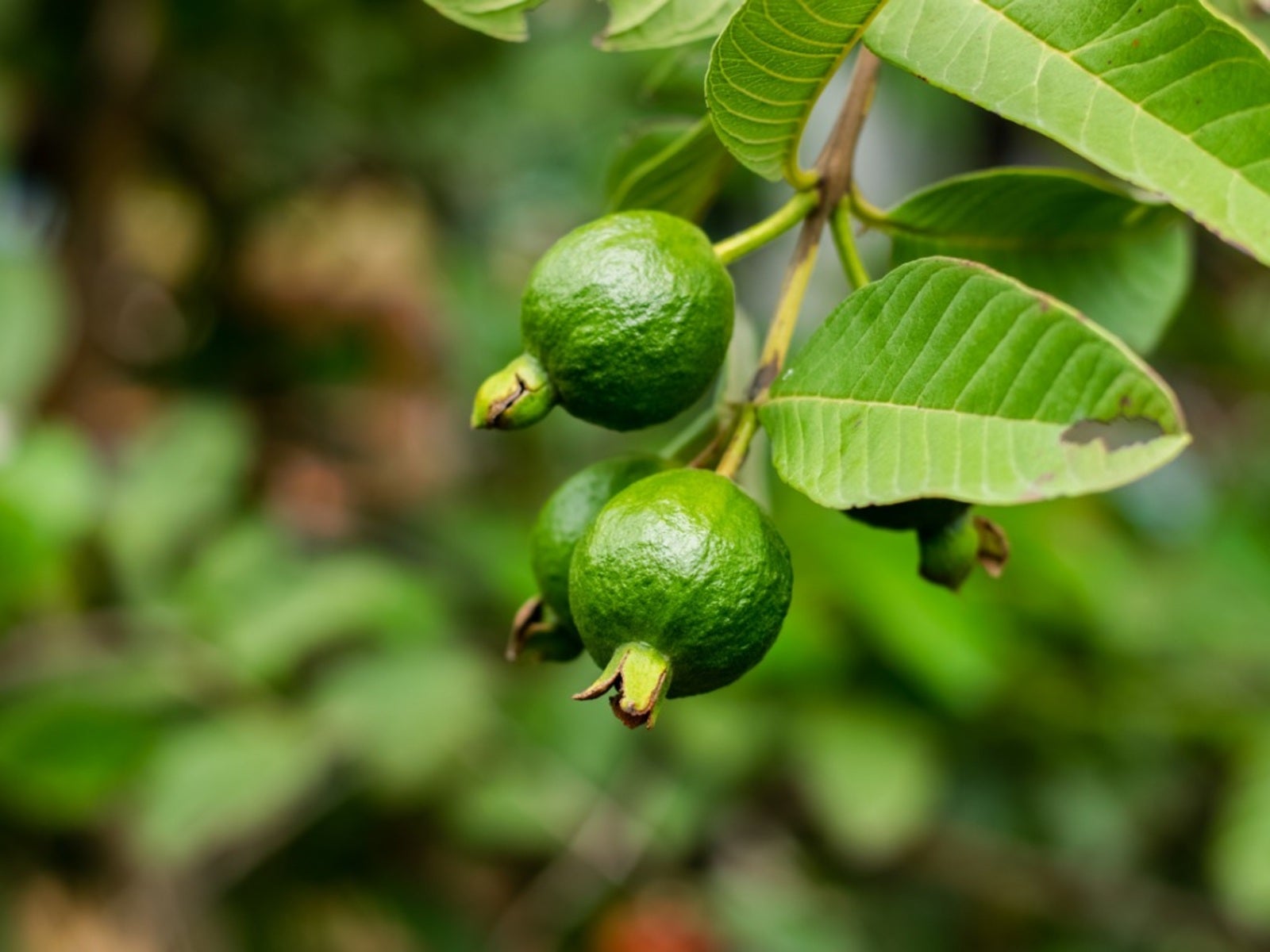 Heat Tolerant Fruits - Growing Fruit In Hot Weather
Heat Tolerant Fruits - Growing Fruit In Hot WeatherSome fruit grows in extreme heat naturally. But there are also specially cultivated, heat-tolerant varieties. For more information on heat tolerant fruits, read on.
By Teo Spengler
-
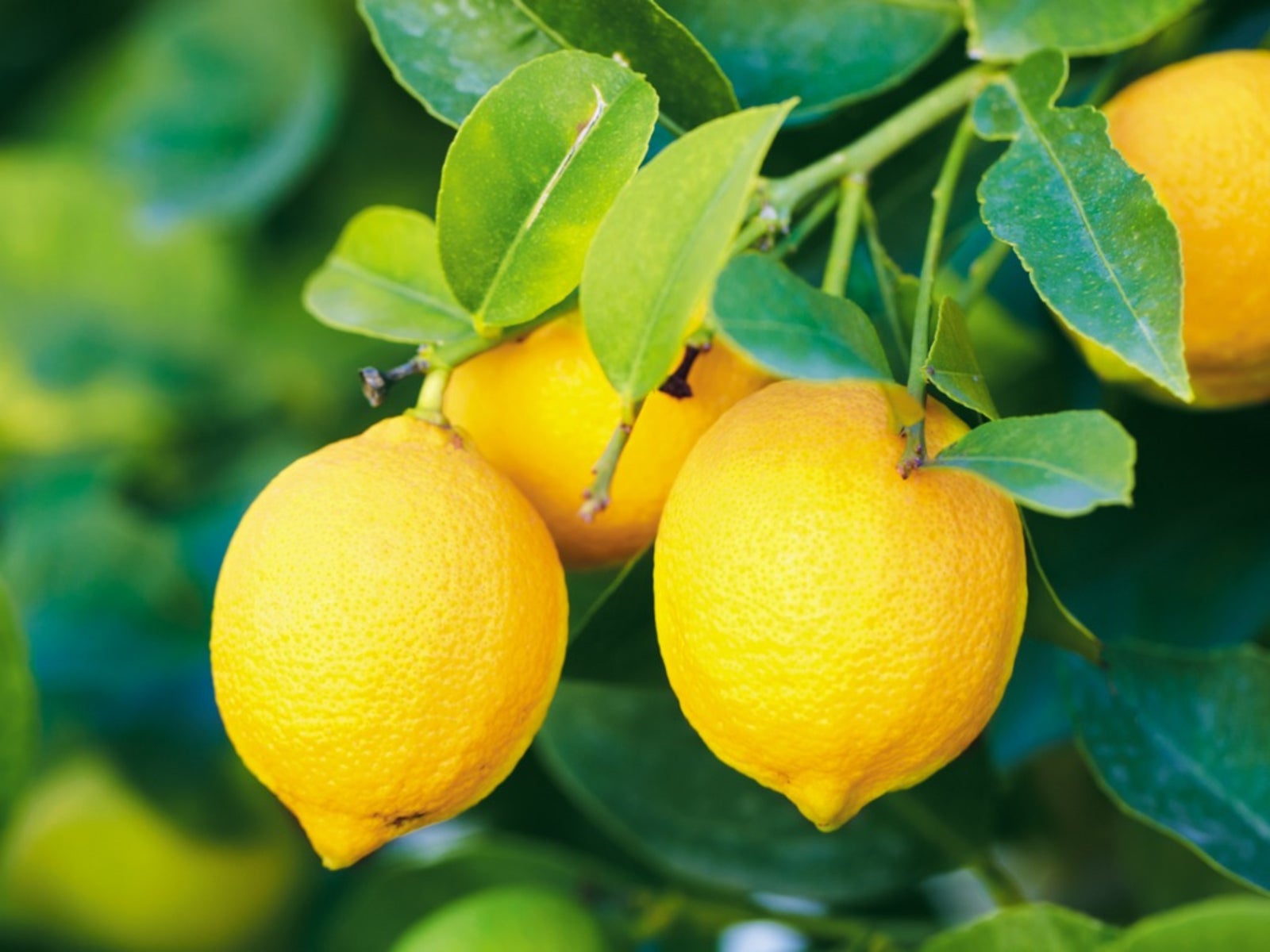 Yellow Fruit Varieties - Growing Fruit That Is Yellow
Yellow Fruit Varieties - Growing Fruit That Is YellowWhat fruit is yellow? There's more than the bananas at the supermarket. Try growing yellow fruit for a consistent supply of sunny food.
By Bonnie L. Grant
-
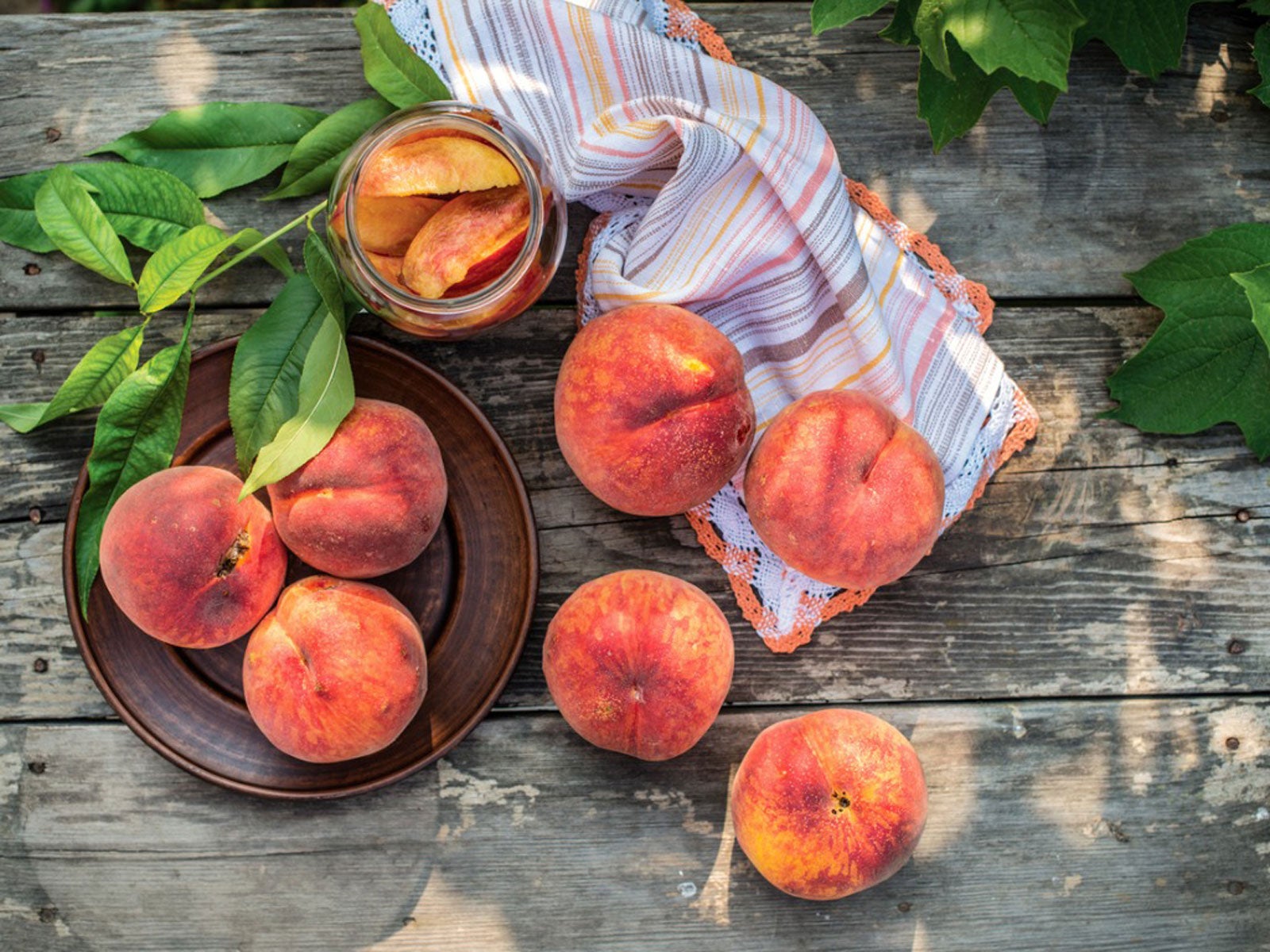 Post Harvest Cooling Guide – How To Cool Fruit Picked From The Garden
Post Harvest Cooling Guide – How To Cool Fruit Picked From The GardenPost-harvest cooling of fruit is used both commercially and by home gardeners. Cooling fruit is important for harvest quality. Click here to learn more.
By Tonya Barnett